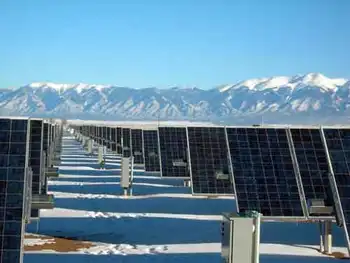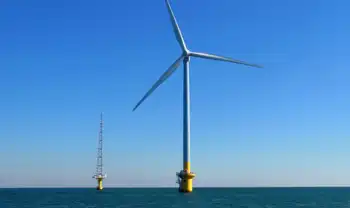Energy conservation takes flight at Pearson Airport
Q: What are you doing for Earth Hour?
A: With more than 32 million passengers and 430,588 takeoffs and landings annually, safety remains paramount at Pearson.
But the Greater Toronto Airports Authority still plans to build on the Earth Hour efforts of last year by reducing lighting and energy use. Lighting will be reduced by 10 per cent, matching last year's goal. Exterior lights will be turned off at the airport's fire halls, central utilities plant and airfield maintenance facilities. Heating will be reduced in terminals, and some moving sidewalks will be turned off.
Q. What are you doing to reduce your carbon footprint?
A. Many of last year's efforts have become standard operating procedure. There are some lights we simply didn't turn back on and no one noticed. Terminal 1 now has a nighttime light setting so the lights dim at midnight every night. The airport train has gone down to a single train outside peak hours to save power. Where possible, automated systems, timers, motion detectors and photo cells have been installed.
Q. What does Earth Hour mean to the brand?
A. "We're helping create awareness that energy reduction is something people need to look at every day," said the GTAA's Scott Armstrong. "We're hoping to set a good example, which is good for the airport's reputation."
The GTAA is part of Partners in Project Green, a group of area businesses that are thinking about how to reduce energy and resource costs.
Related News

Michigan utilities propose more than $20M in EV charging programs
DETROIT - The two largest utilities in the state of Michigan, DTE Energy and Consumers Energy, are looking at time-of-use charging rates in two proposed electric vehicle (EV) charging programs worth a combined $20.5 million of investments.
DTE Energy last month proposed a $13 million electric vehicle (EV) charging program, which would include transformer upgrades/additions, service drops, labor and contractor costs, materials, hardware and new meters to provide time-of-use charging rates. The Charging Forward program aims to address customer education and outreach, residential smart charger support and charging infrastructure enablement, DTE told regulators in its 1,100-page filing. The utility requested that…




